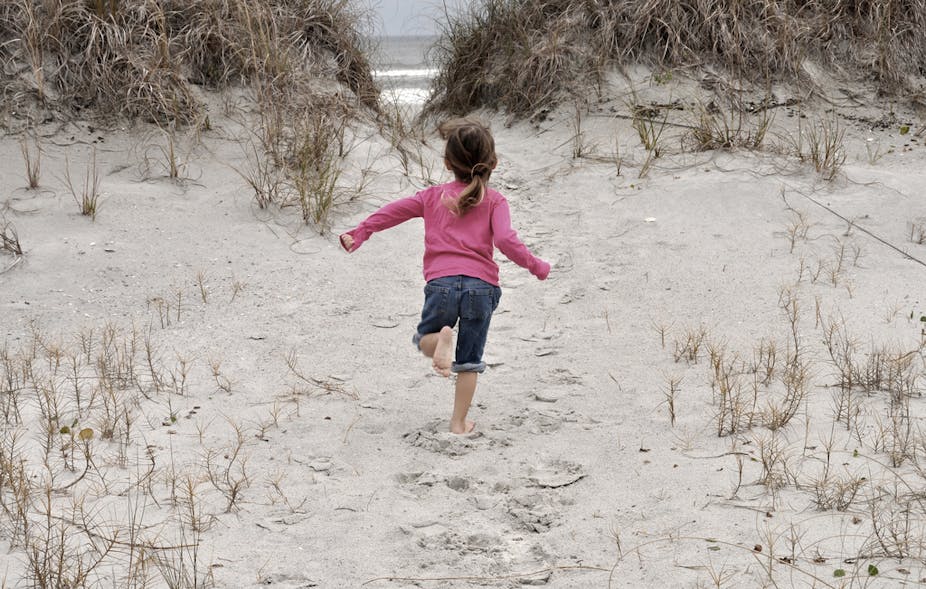Releasing Australia’s fourth Intergenerational Report, Joe Hockey described it as the “social compact between generations”, which would help “identify where the future opportunities will be” and “unlock the immense potential of our future”. According to the Treasurer, these opportunities are to be found in Australia’s older population - a “grey army” to drive productivity and prosperity.
By 2055, however, the large majority of Baby Boomers who make up this “grey army” of workers will no longer be alive. The remaining Boomers who by then will be aged somewhere between 70 and 90 will be highly unlikely or unable to contribute to the labour market in a productive manner. Any suggested increases in the labour force participation amongst this group are of course on the condition that this generation is willing to (re)negotiate with the government to work beyond the long held idea of retirement at 65. A prospective that seems unlikely.
The 2015 Intergenerational Report misidentifies future opportunities for greater productivity and labour force participation by looking to the past and not to the future. As with the previous 2010 Report, the 2015 IGR stubbornly and somewhat blindly focuses on the current workforce and ways to improve older and female labour force participation.
Aside from avoiding “entrenching disadvantage over the longer term” and a generalised statement to “support human capital formation, improved productivity and labour market outcomes and social opportunity”, there is a complete lack of acknowledgement of the fiscal and economic opportunity attached to investing in younger and future generations.
By ignoring the youth dimensions of the Intergenerational Report, the government squanders the opportunity to address a number of policy issues concerning younger (and future) Australians that are critical to future productivity and labour force participation, namely employment and education.
Youth unemployment has doubled in the last seven years from 7.5% in 2008 to 14.2% at the start of this year. There is no solution within the IGR other than to ensure young Australians make the transition from education and training to the labour market.
Evidence from the Brotherhood of St Laurence found that between 2010 and 2015, there was an increase in the proportion of those unemployed with tertiary education. Conversely, the unemployment rate for those without Year 12 qualifications decreased over a similar period. This suggests that education and training-to-workforce transitions are more complex that previously thought.
Youth are the future labour force; they are key drivers of the very issues outlined in the IGR - productivity and labour force participation. As the CEO of the Brotherhood of St Laurence Tony Nicholson has pointed out, “youth unemployment is a key intergenerational issue. We need to tap into the productive potential of young people to secure future economic prosperity”.
But it is not just the young workforce of today that the IGR has forgotten, but also the young workforce of tomorrow. This lack of interest is perhaps predicated on a misunderstanding of current fertility trends. While the proportion of the younger population is projected to decline relatively to the older population by 2055, the number of young will continue to increase.
While the IGR asserts that “over the coming decades younger people will make up a smaller proportion of the population…[and] a smaller proportion of the population likely to be engaged directly with education, especially in the primary and secondary sectors”, Australia is currently experiencing a baby boom, creating a “young army” of future workers.
Between 2003 and 2012, more than 2.8 million babies have been born, an increase of almost 13% on the previous decade.
This generation, which we have previously termed ‘Generation Thank God You’re Here (TGYH)’ is larger in size than previous generations. In the coming decades, this generation will move through both the primary and secondary education sectors and be our future workforce.

As the proportion of the population who will be the future workforce gets smaller, the risk of not investing in these future generations for maximum productivity is heightened. Generation TGYH is critical to Australia’s future prosperity: they will enter the labour market just as the oldest of the Baby Boomer generation begin to retire.
However, as we have cautioned before, they will be unable to fill the gaps left by the Baby Boomers unless they are sufficiently educated and trained. This scenario is unlikely given that future expenditure on education and training will decrease over the long-term should the Coalition implement its schools and higher education policies. These policies are largely at odds with the rhetoric of both Joe Hockey and the IGR report.
But if the Treasurer really wants as he says, entrepreneurial, innovative, skilled and productive future workers, then this current government and future ones will need to invest in both the education of today’s and future generations and provide better support in making the transition from school to work. Young and future generations need to be at the forefront of policy development. This is the only way Hockey’s prediction of future generations being “luckier” than the current generation will come true.

